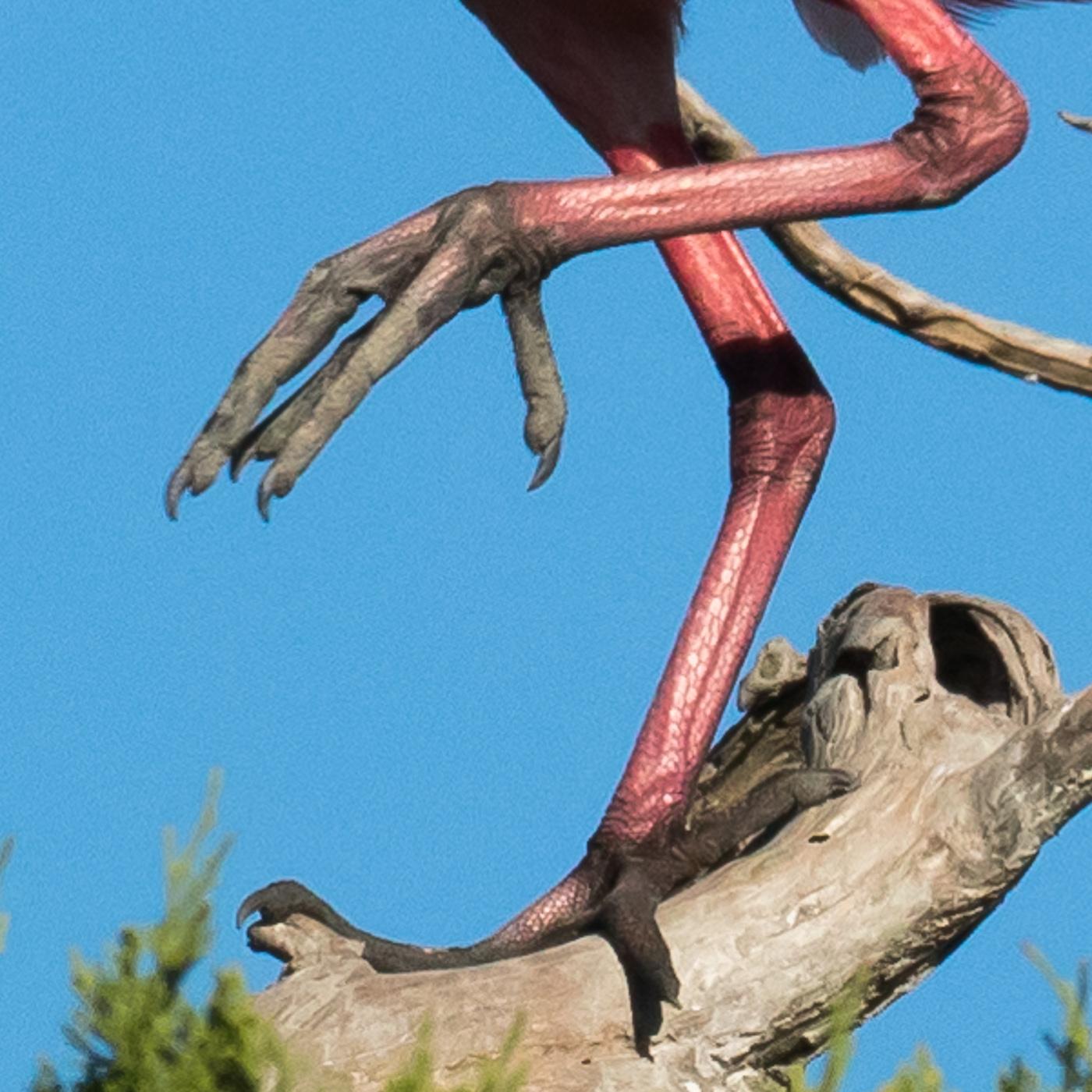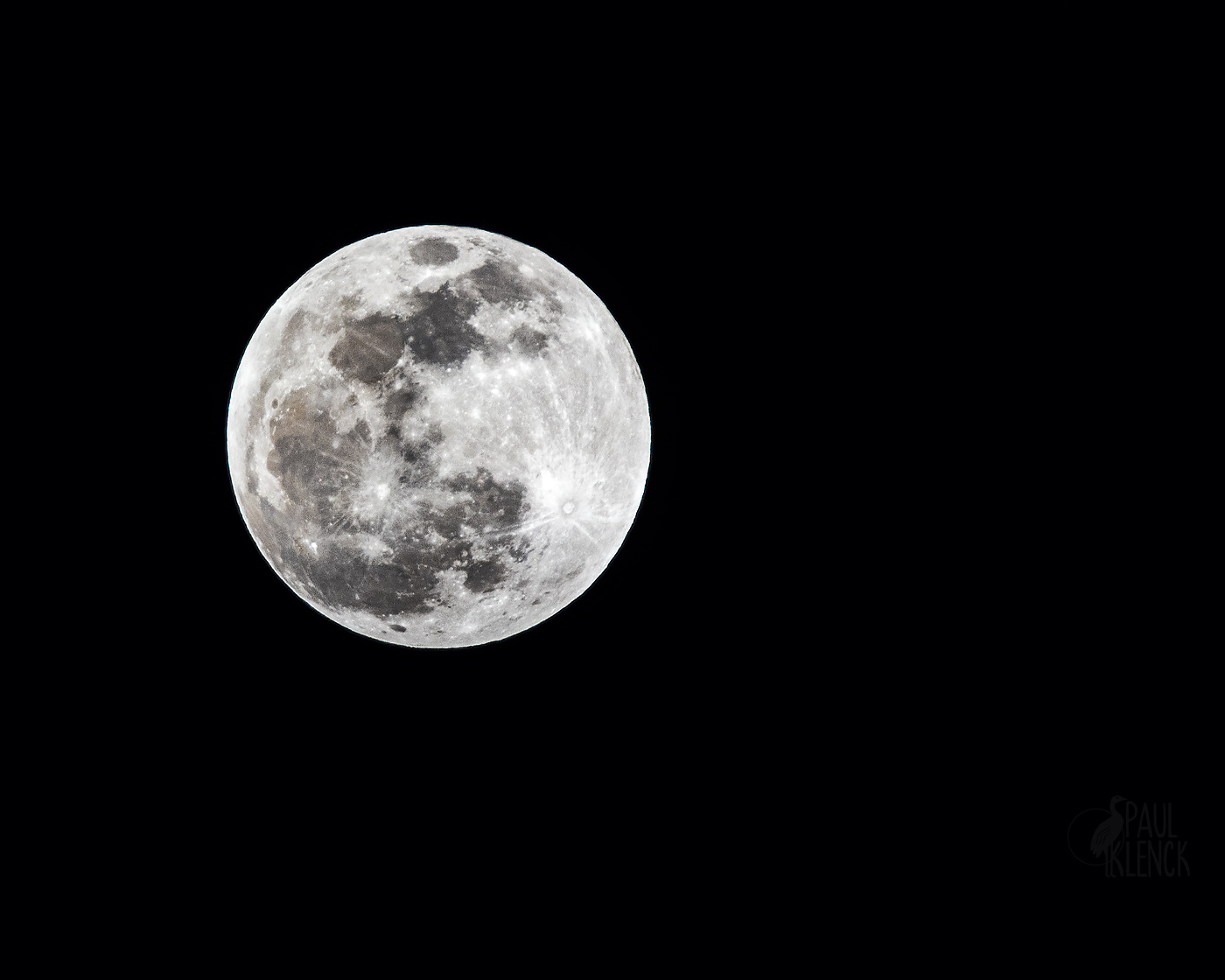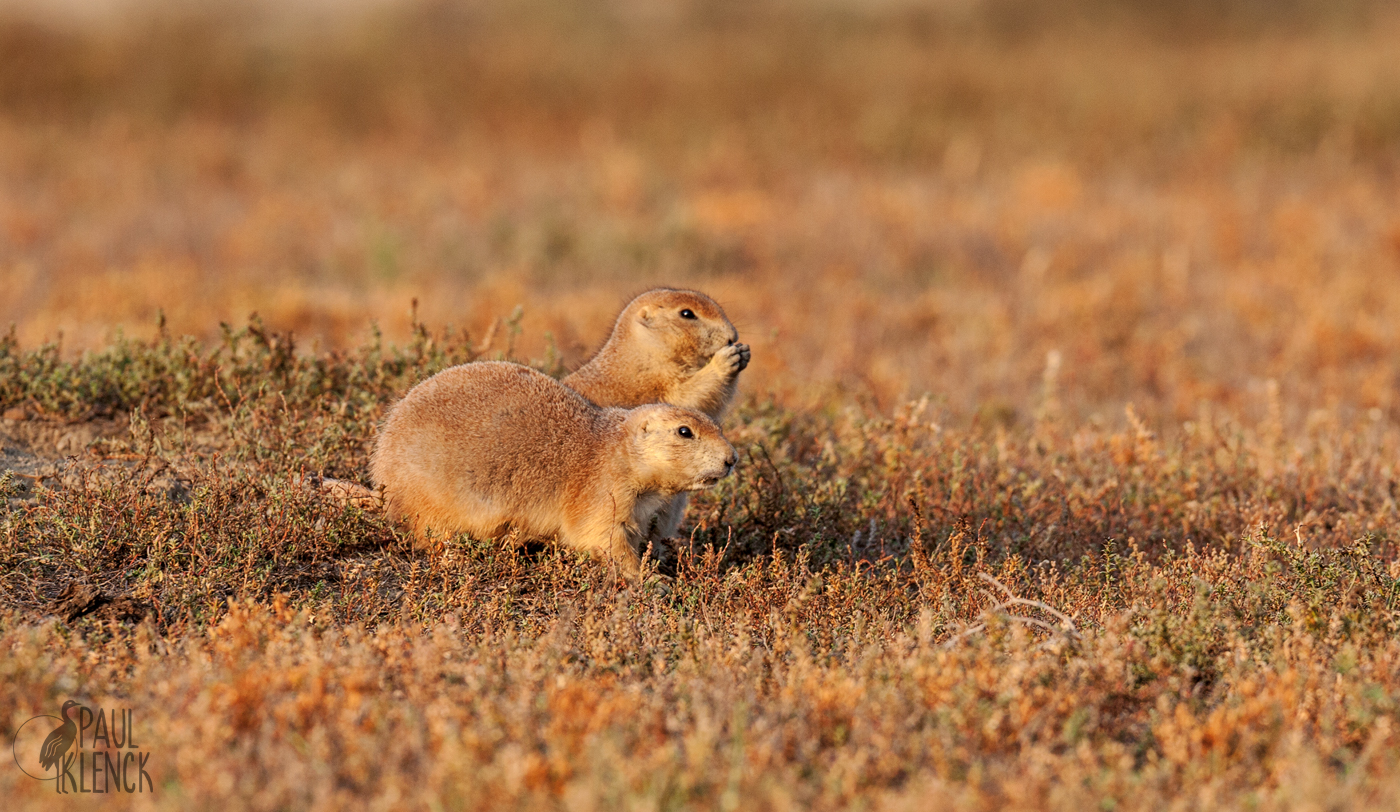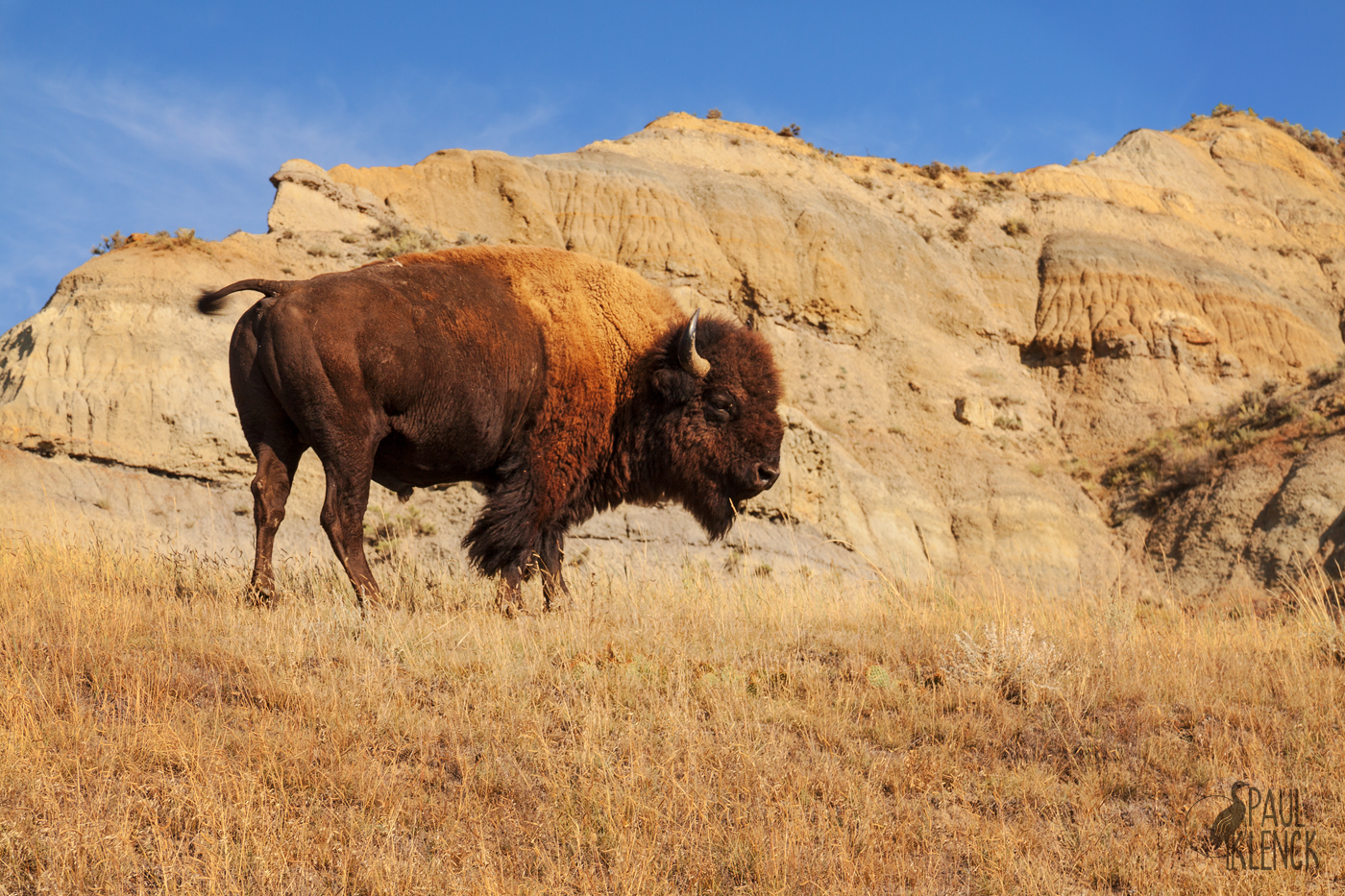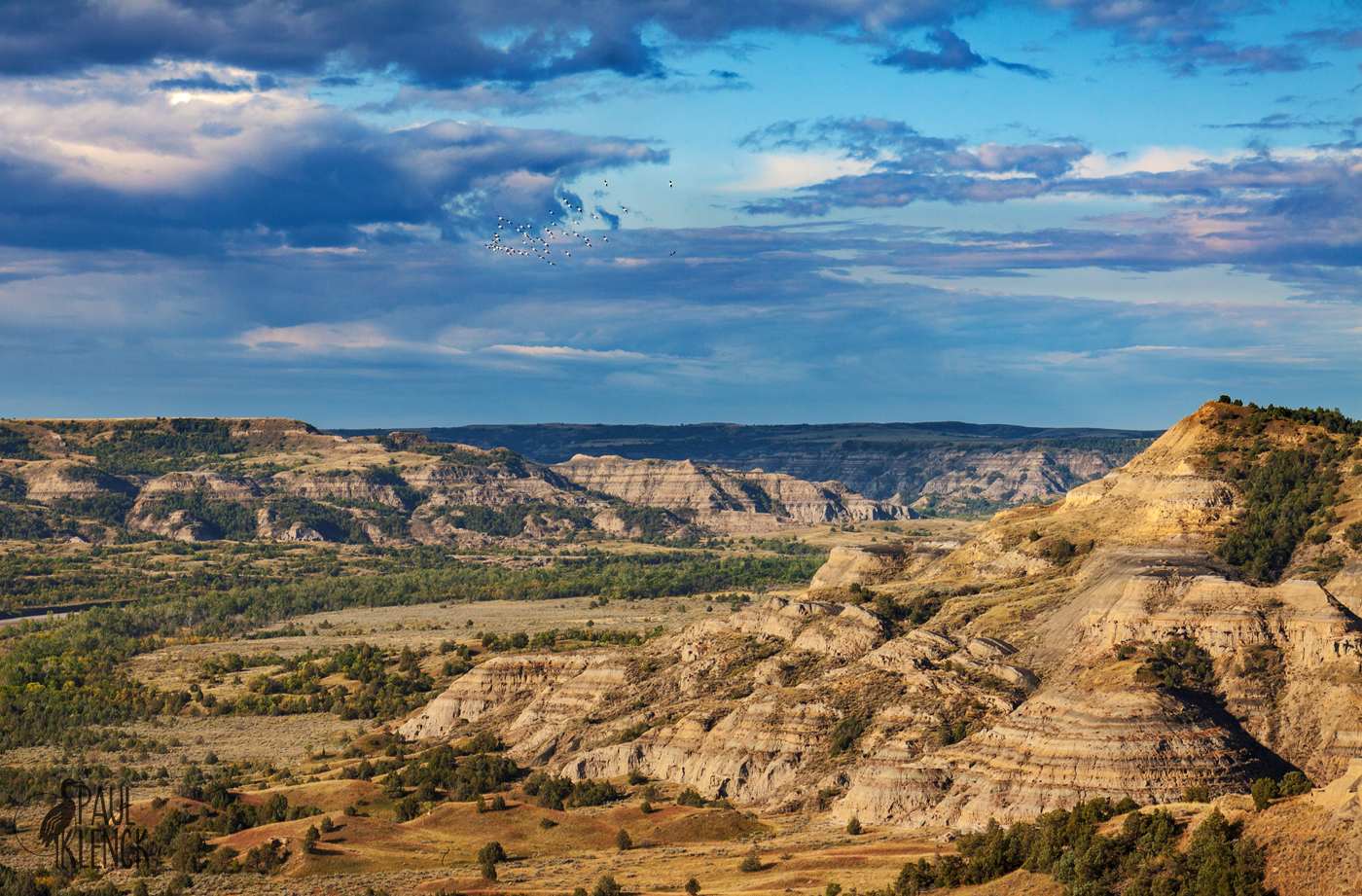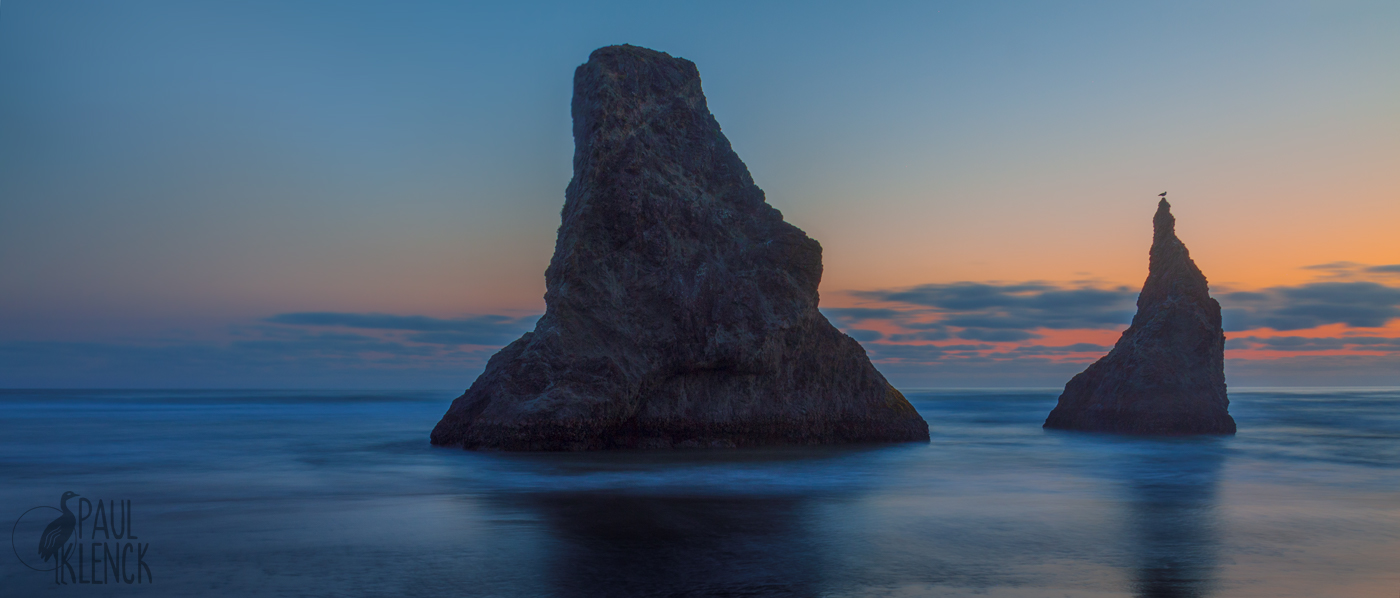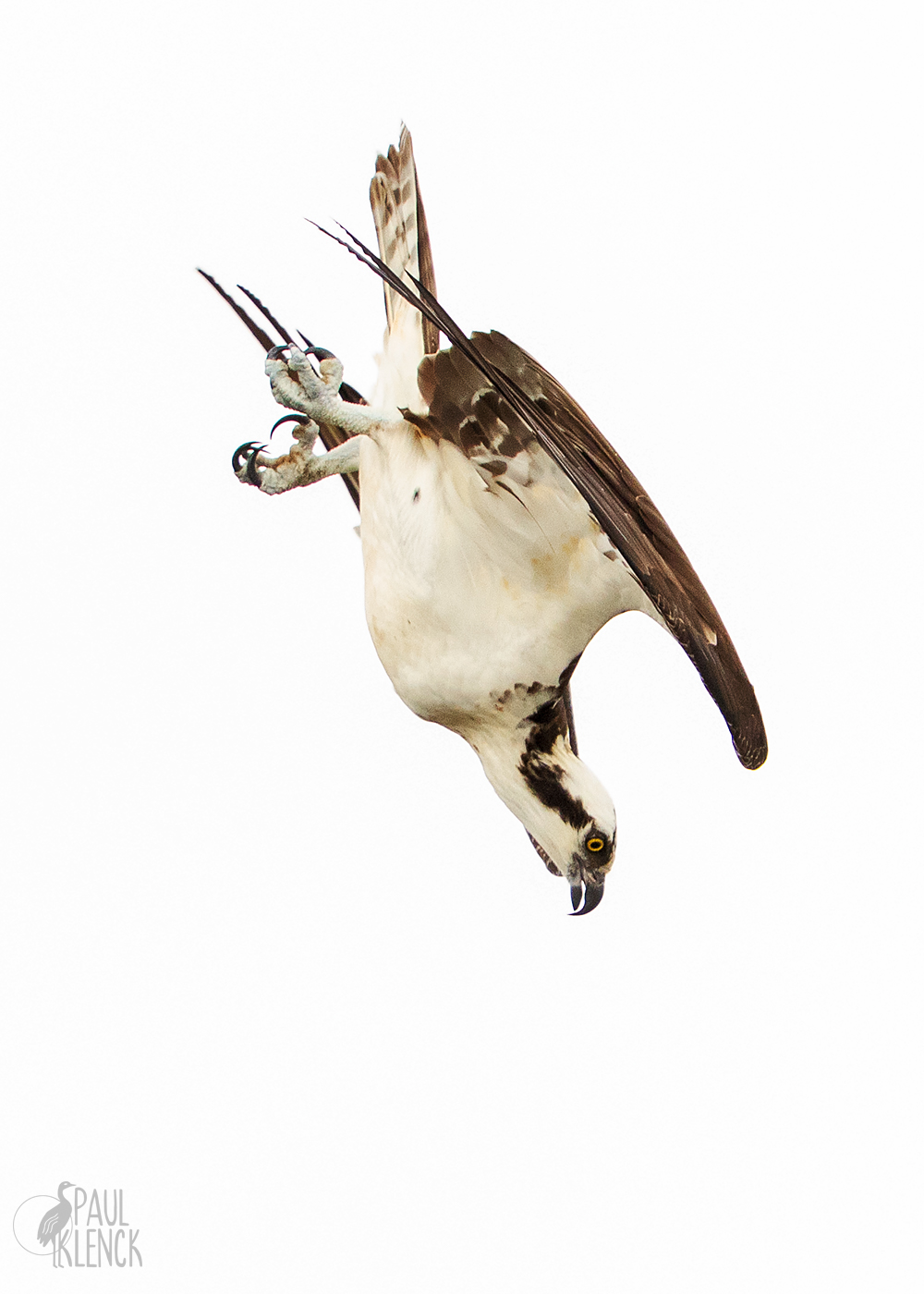Minnesota’s North Shore of Lake Superior is a necklace of wonders, and one of the gems is Tettegouche State Park. The southwest edge of the park is the Baptism River flowing into the lake. The Lake is at a record high level. When I was last there about 15 years ago, I hiked well out into this bay to the cliff on the other side of the river. In the far distance you can see the feature called Shovel Point where we’ll hike to.
Baptism River, Tettegouche State Park, Minnesota
A lovely trail takes you through the birch, spruce, fir, pine and maple forest over to Shovel Point.
Parts of the trail open up to views of Lake Superior, or Gichigami in the Ojibway language. The local Indians called themselves Gichigamiwininiwag.
The lava flows that helped create the features of the shore expose some of the oldest granite on earth. Here’s a view further northeast from Shovel Point, and then a view back southwest toward the Baptism River where we started. Hope you enjoyed the hike!
Lake Superior View from Shovel Point




















































